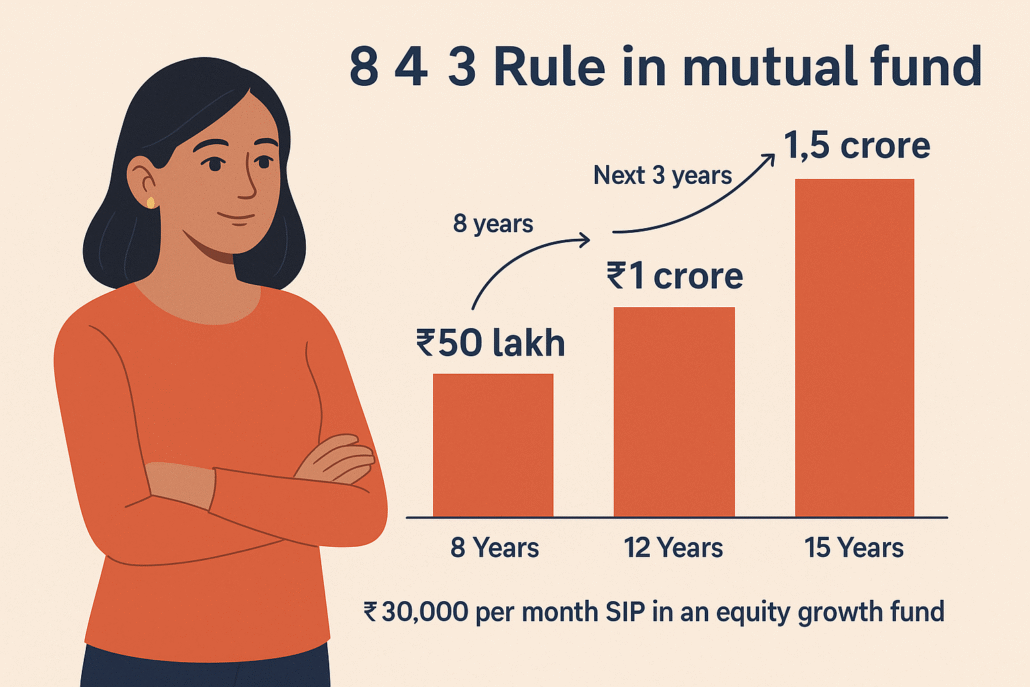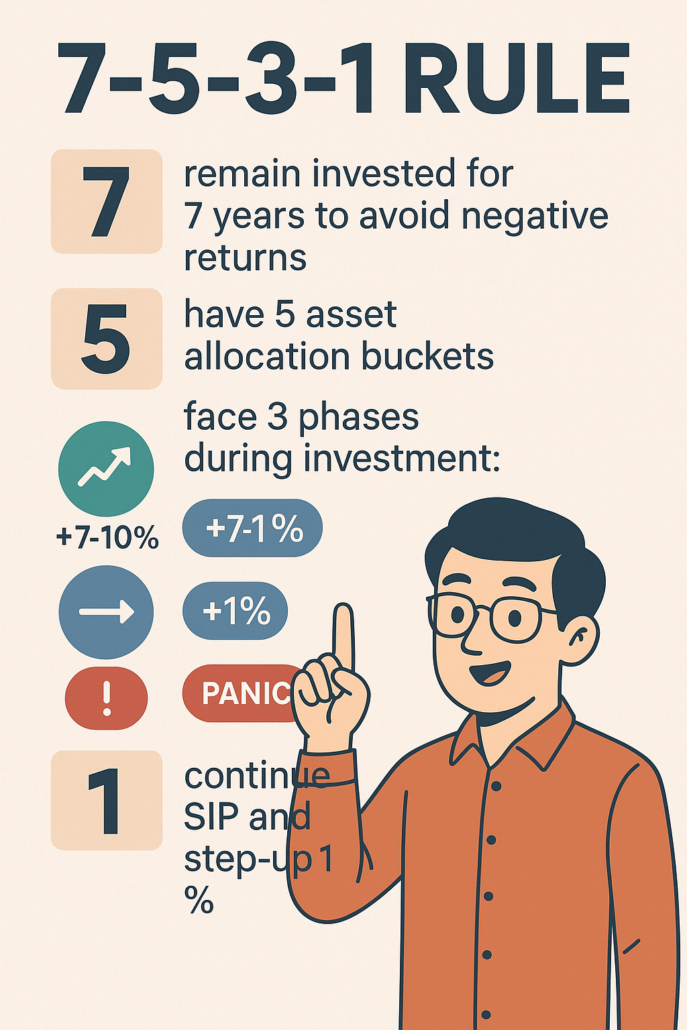Posted inCredit Cards Mutual Fund
Why You Need the Best Reward Points Credit Card My friend, every time you swipe your card for groceries, fuel, school fees, or electricity bills, you are leaving free money…
Posted inFixed Deposit
Introduction to Auto Sweep Fixed Deposit In India, where families juggle between household expenses, EMIs, school fees, and saving for the future, leaving money idle in a savings account feels…
Posted inMutual Fund Mutual Fund SIP Rules
Why Delaying Your SIP Can Cost You More Than You Think: Introduction In personal finance, there’s a constant debate: “Which mutual fund is the best? Should I invest in equity…
Posted inMutual Fund SIP Rules Mutual Fund
Step Up SIP – The Wealth-Acceleration Secret Every Middle-Class Investor Must Know Understanding the Real Meaning of Step Up SIP Step Up SIP is not just a technical feature your…
Posted inETFs Mutual Fund
The Truth Hidden in Plain Sight Have you ever felt like you're missing something crucial when it comes to investing in ETFs and Mutual Funds SIP? You're not alone. While…
Posted inMutual Fund Mutual Fund SIP Rules
Understanding the 8 4 3 Rule in Mutual Fund The 8 4 3 rule in mutual fund is not just a number game — it’s a reality check for every…
Posted inMutual Fund Mutual Fund SIP Rules
Introduction: Why You Need a Rule-Based Investment Strategy When it comes to investing, most people either rely on luck or react to market sentiments. But what if a simple rule…
Why Millennials Must Rethink Retirement Millennials—those born between 1981 and 1996—are facing a unique financial landscape. With unstable job markets, rising inflation, and increasing life expectancy, retirement planning isn't just…
Posted inMutual Fund
In the fast-changing world of investment, where risk and reward walk hand in hand, one term is quietly becoming a favorite among cautious yet growth-hungry investors: Flexi Cap mutual fund…










